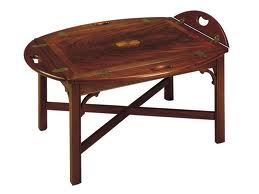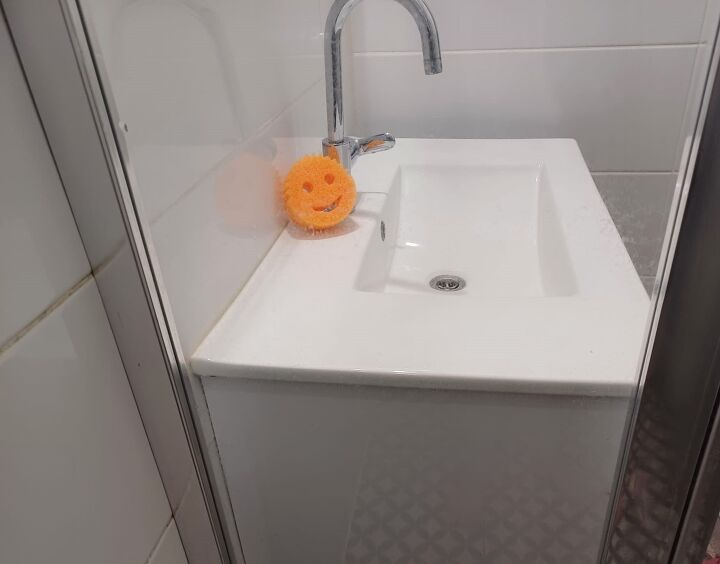We have a metal chimney in our living room for a wood burning stove.
-
Is there chimney behind this wall on the exterior of the home? detaching the lower elbow would be the easiest , and leave the exterior portion in place. If this buried in a wall the amount of work would be had to justify.
 KMS Woodworks
on Sep 15, 2011
Helpful Reply
KMS Woodworks
on Sep 15, 2011
Helpful Reply -
-
The chimney is not to hard to remove, but you need to start at the top and do a section at a time. Depending on the type of chimney that was installed these two or three foot sections can be a bit on the heavy side. There is a ring that surrounds each pipe at each joint. This ring slides up with a little help of a hammer and small block of wood. Once its up it should release a few metal tabs that connects each section together. Once they are bent out just slightly to release simply rock side to side gently and lift. The pipe should come out. Some contractors also use screws on the pipe, so check for any and remove as they too can hold the pipe together. Work down until you get to the bracket that is just outside of the house. Remove it and the inside pipe should come right out. patch and enjoy the new round window in the wall.
 Woodbridge Environmental Tiptophouse.com
on Sep 16, 2011
Helpful Reply
Woodbridge Environmental Tiptophouse.com
on Sep 16, 2011
Helpful Reply -
-
In most of the chimneys I have installed or worked on the sections of pipe "twist lock" together with out any tabs or collars...this is for Simpson Duravent type Class A insulated "Chimney pipe"....Stove pipe by comparison is often single wall and sometimes called "black pipe" A lot of these insert into each other with a crimped end, much like clothes dryer vent pie. Both of these type have radically different clearances to combustibles (18" for the black pipe and 2" for the class A.) The thing sticking through your wall is called a wall Thimble it is often used as a transition piece from "black pipe" to "Class A" . The first link below is an example of a section of Class A http://www.ventingpipe.com/duravent-9607ga-8-x-48-galvanized-class-a-chimney-pipe-length/p1760137 This second link is how the better installs are done on the outside of a home. This larger bracket holds a "tee" which can be opened at the bottom to allow Chimney sweeping events allow 95% of the debris to fall straight down. http://www.ventingpipe.com/duravent-9472ga-6-class-a-chimney-pipe-adjustable-galvanized-tee-support-bracket/p1760816 When these wall brackets are used they support the bottom of the chimney run so 100% of the weight is not resting in or with the pipe sections themselves...in these cases you do not have to start at the top...though you may need to remove some weight to disassemble some sections. How yours is connected on the outside may vary...some pics here would help. Class A is used where close clearances are needed and on the outside...by being insulated they stay warmer and allow proper drafting to occur better. Rather than ripping out the wall thimble I would build a "book case" type device and use it to "hide" the thimble. One other area of inside looks will be the "hearth" Code requires a combustion proof surface where this stove sits....tile, brick etc. Our your planning to "hide" that as well?
 KMS Woodworks
on Sep 17, 2011
Helpful Reply
KMS Woodworks
on Sep 17, 2011
Helpful Reply -
-
Yea your correct on the twist on type as well. Not a big seller in my parts of the woods, but they could also have that type as well. In any case both can be taken down without much difficulty other then weight and working up high.
 Woodbridge Environmental Tiptophouse.com
on Sep 17, 2011
Helpful Reply
Woodbridge Environmental Tiptophouse.com
on Sep 17, 2011
Helpful Reply -
Related Discussions
Why does my oven smell when turned on?
Hi all,Lately, my oven emits an unpleasant smell whenever I turn it on. The kitchen then smells and the foul odor lingers, it's very frustrating.I'm sure I'm not alon... See more
How to Update a Butler's Tray Table
My mother passed down to me a mahogany/cherry Butler's Tray Table. It look like the one in this picture except that there is no medallion in the center, just wood. I'... See more
If you could redo your master bathroom, what would you change?
Dreaming of a master bathroom remodel?Tell us: If you could change just one thing, what would it be?Your input could inspire others looking for master bathroom ideas ... See more
How is it really spelled?
Hi, I may be way off base, and if so, I apologize in advance, but I have heard many references to "Fir", the type of wood, with regards to kitchen walls and soffits, ... See more
Why are flies gathering on my covered patio in the same spot?
Hi Hometalk Peeps...I have a problem on our back covered patio. Every year in the same spot we get tons of flies ....We put up one of those fly traps before that trap... See more
How to clean shower doors
How to clean glass shower doors
Hardwood Floors or Carpet in Bedroom: What's Your Preference?
Hey Hometalkers! We've got a cozy debate going on here: when it comes to bedroom flooring, do you lean towards the warmth of carpet or the timeless elegance of hardwo... See more





